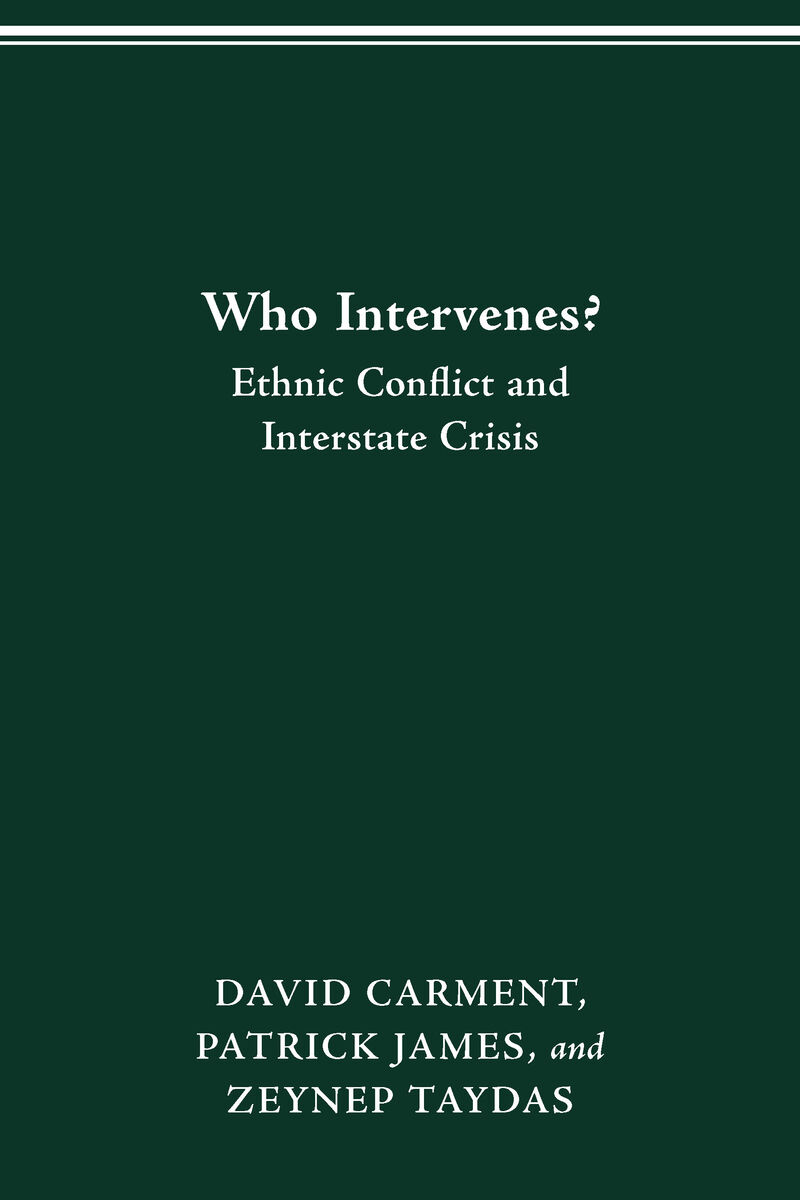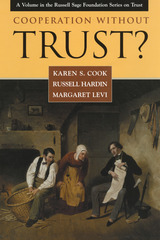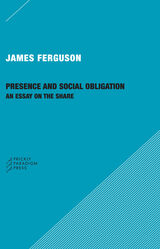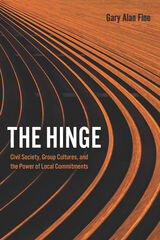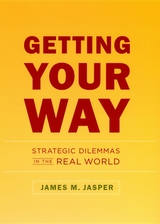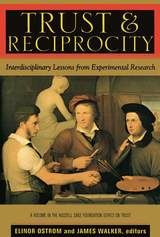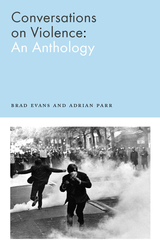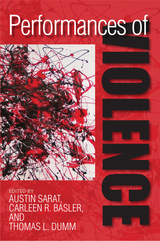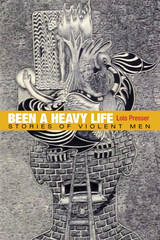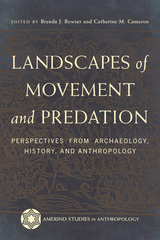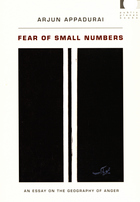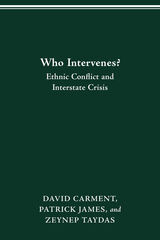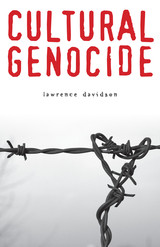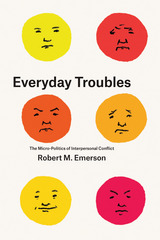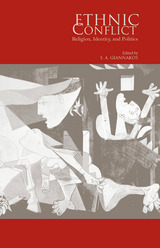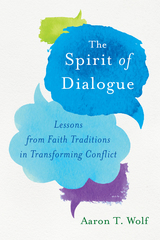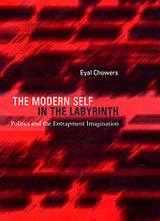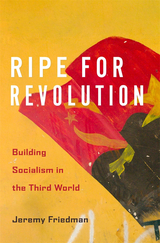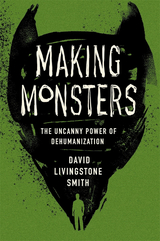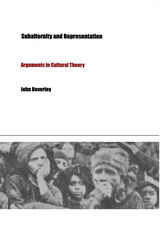WHO INTERVENES?: ETHNIC CONFLICT AND INTERSTATE CRISIS
The Ohio State University Press, 2006
Paper: 978-0-8142-5714-2 | eISBN: 978-0-8142-7531-3 | Cloth: 978-0-8142-1013-0
Library of Congress Classification HM1121.C37 2006
Dewey Decimal Classification 305.8009051
Paper: 978-0-8142-5714-2 | eISBN: 978-0-8142-7531-3 | Cloth: 978-0-8142-1013-0
Library of Congress Classification HM1121.C37 2006
Dewey Decimal Classification 305.8009051
ABOUT THIS BOOK | AUTHOR BIOGRAPHY | REVIEWS | TOC
ABOUT THIS BOOK
Who Intervenes? takes as a given that there are tensions among ethnic groups throughout the world. But it is not at all clear when and why these tensions escalate into violence. The likelihood and character of intervention depend upon the interplay of two factors: ethnic composition and institutional constraint. A fourfold typology is produced. For example, states with high constraints and ethnic diversity are likely to intervene only for reasons related to national interests, while states with both ethnic dominance and low constraint are most disposed to intervene. The disposition to intervene is catalyzed, the authors hypothesize, by the presence of ethnic affinity and cleavage.
The book includes a comparative analysis of five case studies: India and Sri Lanka, Somalia and Ethiopia, Malaysia and the Thai Malay (a non-intervention), the immediate aftermath of the breakup of Yugoslavia, and Greece and Turkey with Cyprus. The case histories produce strong support for the relevance of the typology and catalysts. Ethnic composition, institutional constraint, and ethnic affinity and cleavage are very useful factors in distinguishing both the likelihood and form of intervention.
Policies that encourage institutional reform and support ethnic diversity can be expected to reduce the likelihood and even the perceived need for intervention.
The book includes a comparative analysis of five case studies: India and Sri Lanka, Somalia and Ethiopia, Malaysia and the Thai Malay (a non-intervention), the immediate aftermath of the breakup of Yugoslavia, and Greece and Turkey with Cyprus. The case histories produce strong support for the relevance of the typology and catalysts. Ethnic composition, institutional constraint, and ethnic affinity and cleavage are very useful factors in distinguishing both the likelihood and form of intervention.
Policies that encourage institutional reform and support ethnic diversity can be expected to reduce the likelihood and even the perceived need for intervention.
See other books on: Conflict management | Ethnic conflict | International Relations | JAMES, PATRICK | World politics
See other titles from The Ohio State University Press
